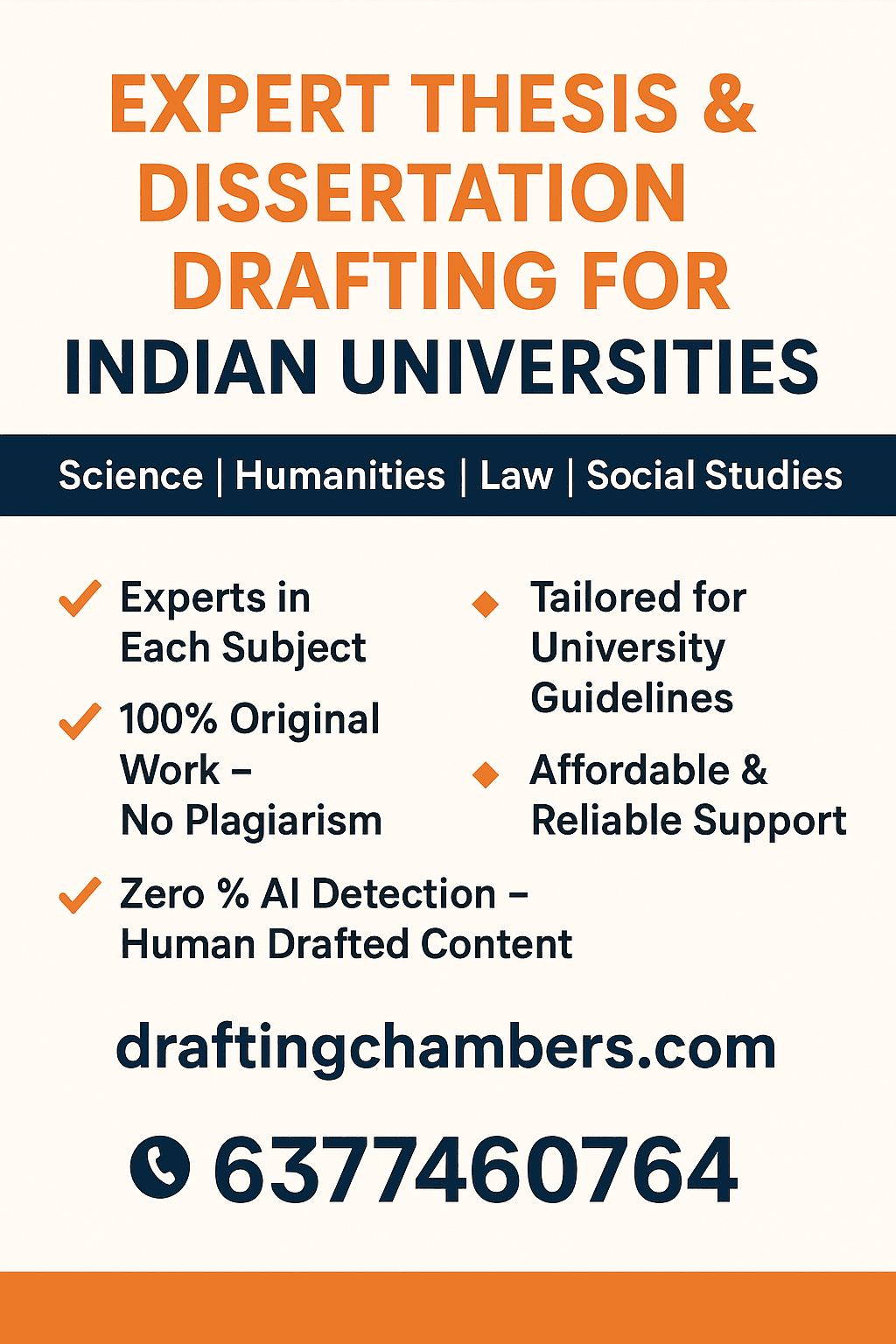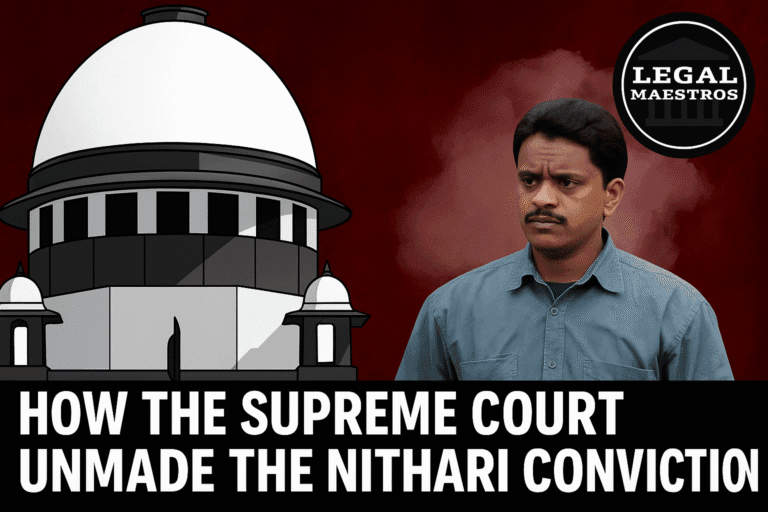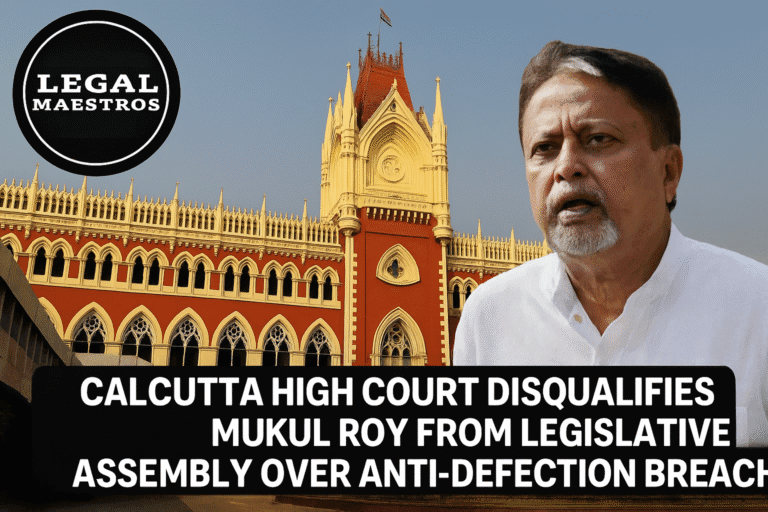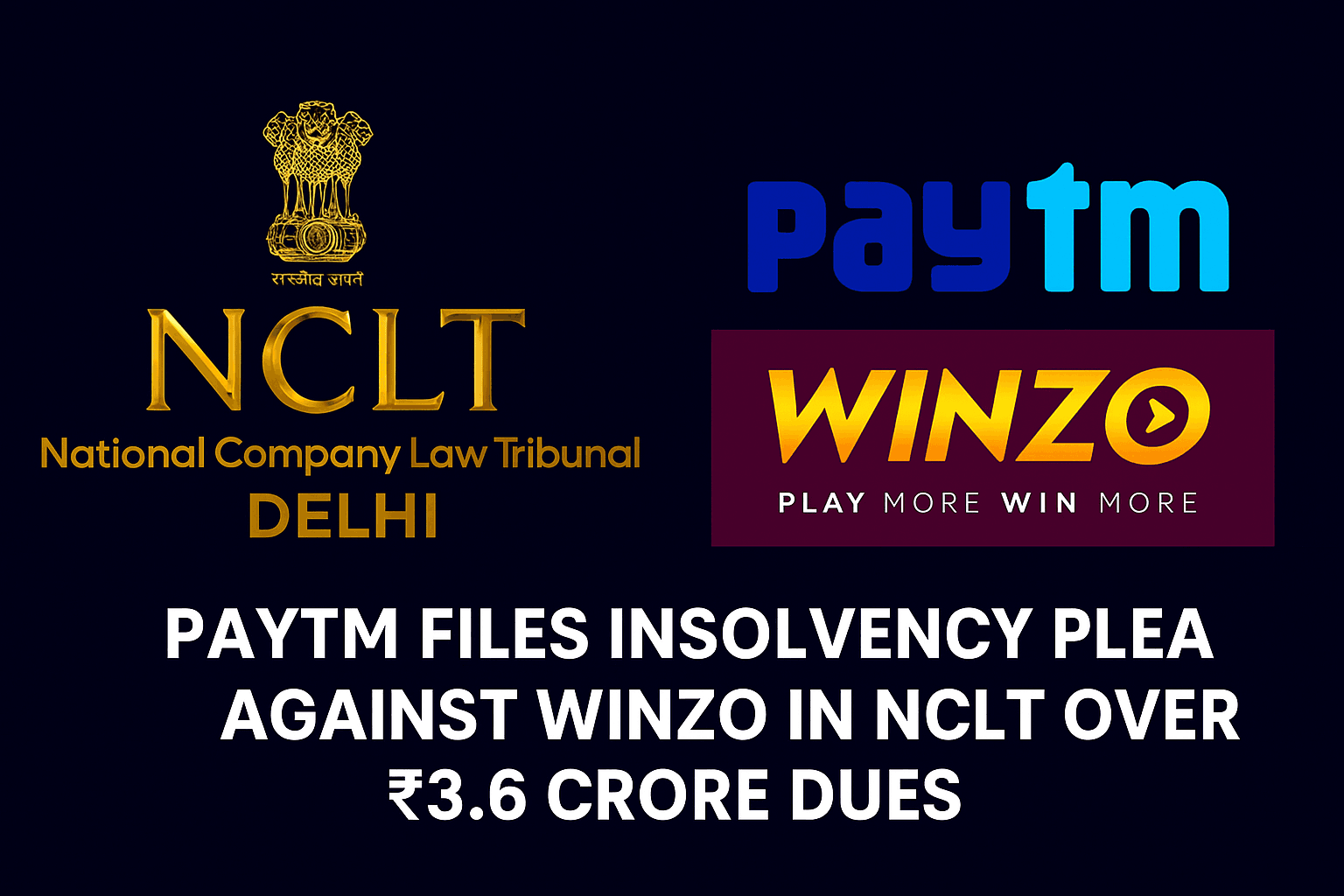
The event that led to this confrontation began when nearly 20,000 staff working in subordinate courts in Rajasthan began a mass leave protest on July 18, 2025 to protest the state government’s indefinite inaction regarding cadre restructuring and pay revisions of judicial employees. The mass leave protest was organized by the Rajasthan Judicial Employees Association, leaving nearly all judicial business on hold for almost a week, following an earlier hunger strike that had been organized. Importantly, the subordinate court staff were not gtroubled to follow any administrative protocols, and bypassed the Registrar General of the High Court when petitioning to the Chief Minister because of their grievances. This mass leave (without the retire proportions), prevented lawyers and litigants from access to court functions, including locking courtrooms, and delaying essential court operations.
Issues
The legal issues that were before the courts first the Rajasthan High Court and then the Supreme Court was whether collective group protest in the form of mass leave, disrupting the judicial administration could have been validly justified with respect to employee grievances, and could the court utilize a disciplinary process for indiscipline or should they stay any disciplinary action.
Judgement
The Rajasthan High Court condemned the strike of mass leave as “illegal and unwarranted,” ordered all the employees to return to work before July 25, and authorized alternative measures should disruption of court services continue (including the invocation of ESMA). So when staff employees failed to follow the instruction and the petitioner-association sought relief from any disciplinary measures, the Supreme Court with Chief Justice BR Gavai and Justice K Vinod Chandran declined to intervene in the High Court’s disciplinary proceedings. The ruling bench stated unequivocally, “You cannot put the entire judiciary at gunpoint.” Both justices conducted hearings but ultimately declined requests for relief from any disciplinary measures and specifically noted the direct political solicitations from the association and their disregard for internal processes of the court.
For any queries or to publish an article or post or advertisement on our platform, do call at +91 6377460764 or email us at contact@legalmaestros.com.
Reason
Both the High Court and the Supreme Court articulated while employee complaints or grievances would be respected when made through proper channels, the judicial services of the first and high courts in particular are paramount for the public interest and dignity of rule of law must be insulated from strike action and the mass leave practice. The High Court and the Supreme Court specifically noted that judicial staff drive public service when they are paid from the public purse. There is an expectation from all citizens unless otherwise stated that public servants when they collectively take union action to suspend core functions of the judicial system are in breach of a commonly and publicly sating standard in public service. The justices also add another noteworthy consideration that the association in identifying its actions took place outside the proper channels for redressal was also a serious act of indiscipline. The Supreme Court additionally noted those actions had a serious consequence on the fundamental rights of access to justice for speedy tortious remedies for the litigants.
Significance
This case has serious ramifications: it provides a hard line beyond which staff members can never cross the courts to interrupt the provision of judicial services, confirming that there are formal, institutional processes to resolve grievances of pay or restructuring. The Court’s decision must be seen as strengthening the dignity and primacy of the justice delivery, beyond just the decision of interruption, such that discipline and disruption service, from time-to-time, is inviolate. The judgement is, therefore, an important case that serves as a clear precedent that will, should all essential service employees heed the ruling, alert strikes that occupy that ungodly category of being “held at gunpoint” by staff stopping the service of their job, while maintaining the admonition to ensure they do not, in the first place, disrupt the delivery of accessibility, meant for citizens.




![Research Assistantship @ Sahibnoor Singh Sindhu, [Remote; Stipend of Rs. 7.5k; Dec 2025 & Jan 2026]: Apply by Nov 14, 2025!](https://legalmaestros.com/wp-content/uploads/2025/11/Gemini_Generated_Image_s0k4u6s0k4u6s0k4-768x707.png)
![Karanjawala & Co Hiring Freshers for Legal Counsel [Immediate Joining; Full Time Position in Delhi]: Apply Now!](https://legalmaestros.com/wp-content/uploads/2025/11/Gemini_Generated_Image_52f8mg52f8mg52f8-768x711.png)